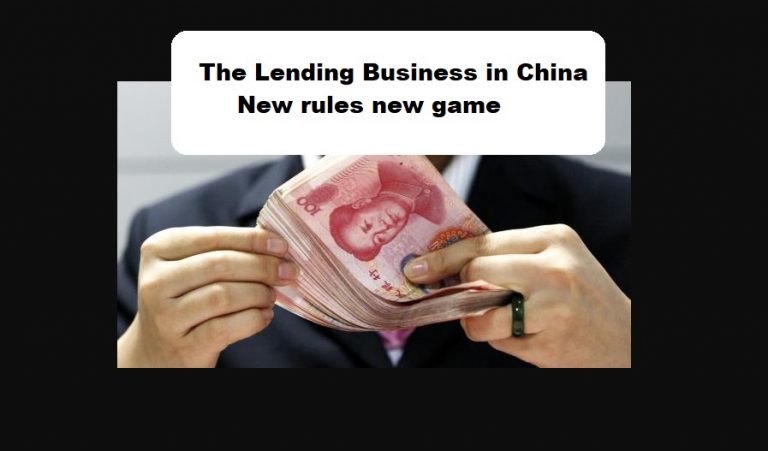Jewelry Market In China
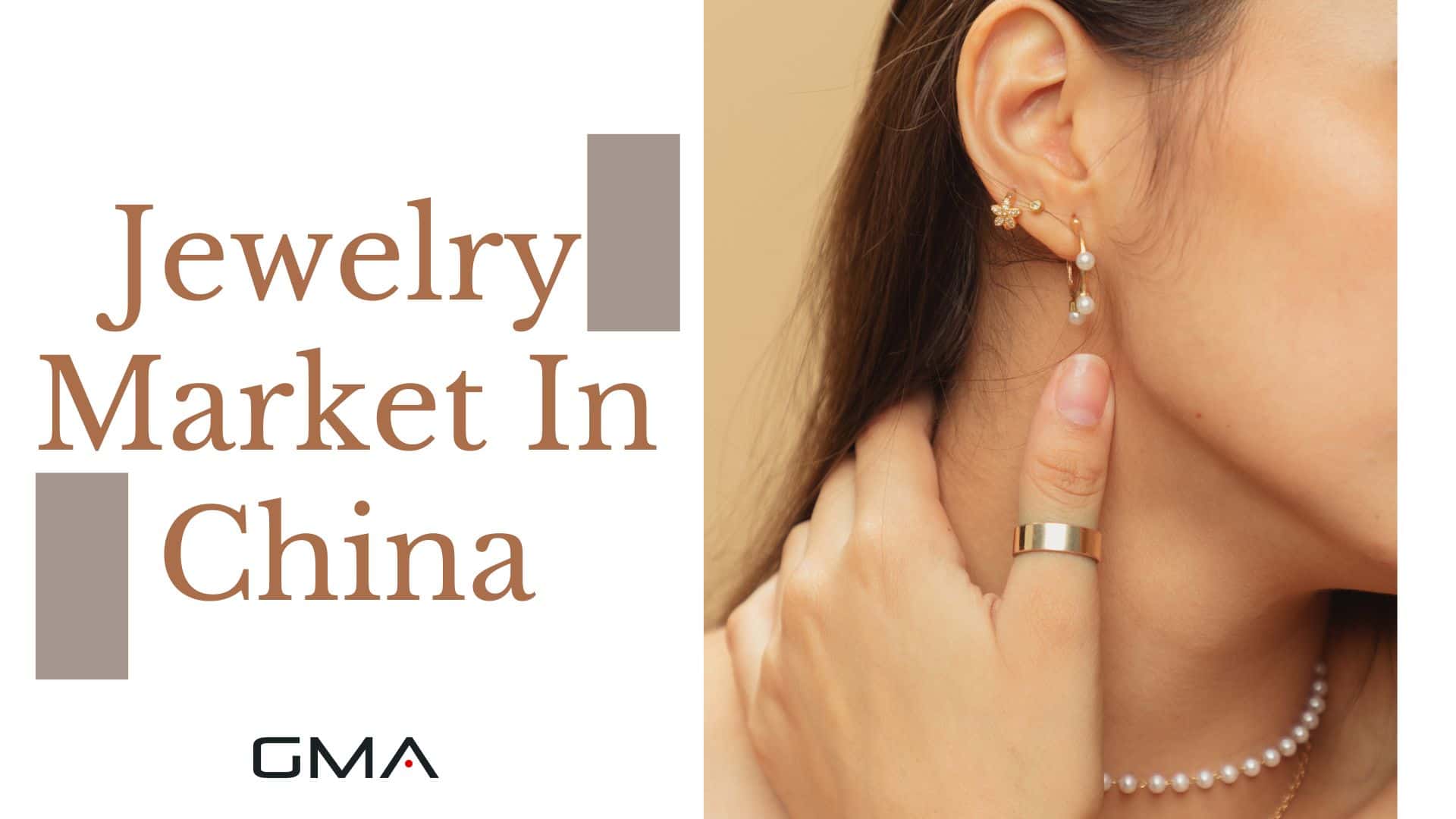
The Chinese jewelry market is larger than the US market. In 2020, the Chinese jewelry market reached $100 billion, accounting for about 50% of mainland sales of consumer jewelry. In contrast, the US jewelry market was valued at $71.3 billion in 2020.
Overview Of The Jewelry Market In China
The jewelry market in China is important for foreign businesses as it offers access to a large and diverse consumer base with varying preferences and tastes. Additionally, the rapid growth of China’s e-commerce market provides opportunities to expand beyond traditional retail channels.
Cost-Effective Agency
KPI and Results focused. We are the most visible Marketing Agency for China. Not because of huge spending but because of our SMART Strategies. Let us help you with: E-Commerce, Search Engine Optimization, Advertising, Weibo, WeChat, WeChat Store & PR.
The focus on innovation and technology presents opportunities for collaboration between domestic and foreign businesses. But, foreign businesses must be mindful of local customs and preferences when developing products and marketing strategies. Successful businesses can leverage their brand recognition and reputation in China to expand into other markets and sectors.
Market Size And Forecast
China boasts an impressive share of 27.2% worldwide. In fact, the revenue generated by this dazzling industry exceeded 85 billion USD in 2022, making it a significant contributor to the Chinese economy.
Considering there are currently over 121,921 businesses operating within this space and averaging industry size upwards of $145 billion, it becomes clear how expansive China’s jewelry sector truly is.
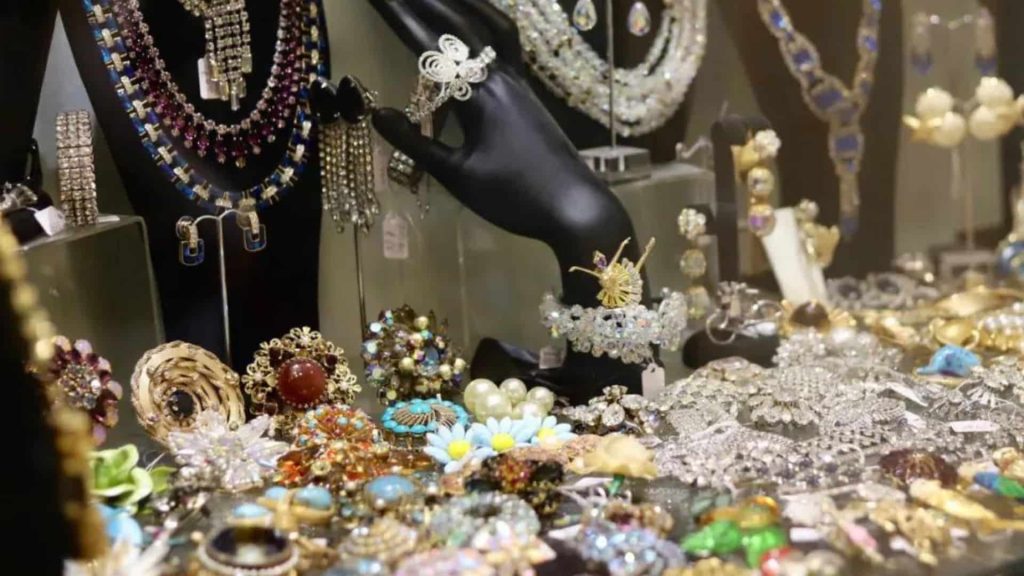
Key Players And Competition
Competition is fierce with three distinct types of players vying for consumers’ attention: world-renowned brands, Hong Kong jewelers, and local Chinese mainland brands.
It’s important not to underestimate the influence of Hong Kong jewelers and domestic competitors. They bring their unique styles and understanding of local preferences into play.
These companies have a strong presence in key cities like Shenzhen – considered the frontier of China’s gem and jewelry industry – where they showcase their talent alongside global giants.
This diverse retail landscape makes entering or succeeding in China’s lucrative market an exciting challenge for any brand seeking growth opportunities.
Consumer Trends And Preferences
One of the key drivers in recent years has been younger consumers, particularly those hailing from lower-tier cities.
The evolving market demands niche, contemporary jewelry with unique designs and high-quality materials. Eco-conscious buyers prioritize ethically-sourced products.
Foreign brands must adapt to local tastes and preferences, offering jewelry for kids and customized/personalized options.
Impact Of E-commerce
E-commerce has revolutionized the way the Chinese jewelry industry operates. They are introducing a wave of new customer acquisition opportunities and sales growth prospects. With more than half of China’s population currently online, there is a huge potential market for online jewelers to tap into.
Consumers are increasingly demanding personalized services and customized products, such as engraving available at the click of a button. But, along with this growth comes concerns around authentication and online security.
Regional Variations In Demand
It is important to note that the demand for specific types of jewelry varies by region. For example, consumers in Shanghai and Guangzhou tend to prefer gold jewelry with intricate designs. In Beijing prioritize diamonds and platinum.
The impact of regional variations on the Chinese jewelry market can be seen through sales figures and consumption trends. For instance, during China’s Golden Week in 2020 (a week-long national holiday), retailers saw higher demand for jade and pearls in southern provinces compared to other regions.

Driving Factors For The Growth Of China’s Jewelry Market
Cultural Significance Of Jewelry
Chinese consumers are increasingly interested in traditional designs and styles that hold special meanings to their culture. For example, jade has always been highly valued in Chinese culture as a symbol of purity, grace, and longevity.
The popularity of cross-cultural necklace designs is another indication that consumers are looking for products with deeper meanings beyond just aesthetics. By incorporating elements from different cultures into their designs, jewelers can tap into this trend. Meanwhile also introducing new ideas to customers who may not be familiar with them yet.
Shifting Consumer Behavior
Traditional attitudes toward jewelry as a symbol of wealth and status have given way to a growing preference for fashion-forward pieces that reflect personal taste and style.
This change in consumer behavior has created new opportunities for foreign brands looking to enter the market. While domestic players like Chow Tai Fook remain dominant in China’s jewelry market, international brands with a strong focus on design innovation can compete by creating unique products that appeal to younger consumers’ sensibilities.
Government Support For The Industry
As China’s jewelry market grows, the government supports the industry through policies and initiatives. Tax policies promote luxury goods consumption, including jewelry. Subsidies are available for R&D (research and development) investments.
The “Made in China 2025” initiative transforms traditional industries with advanced technologies. This attracts foreign investment and improves local manufacturers’ competitiveness.
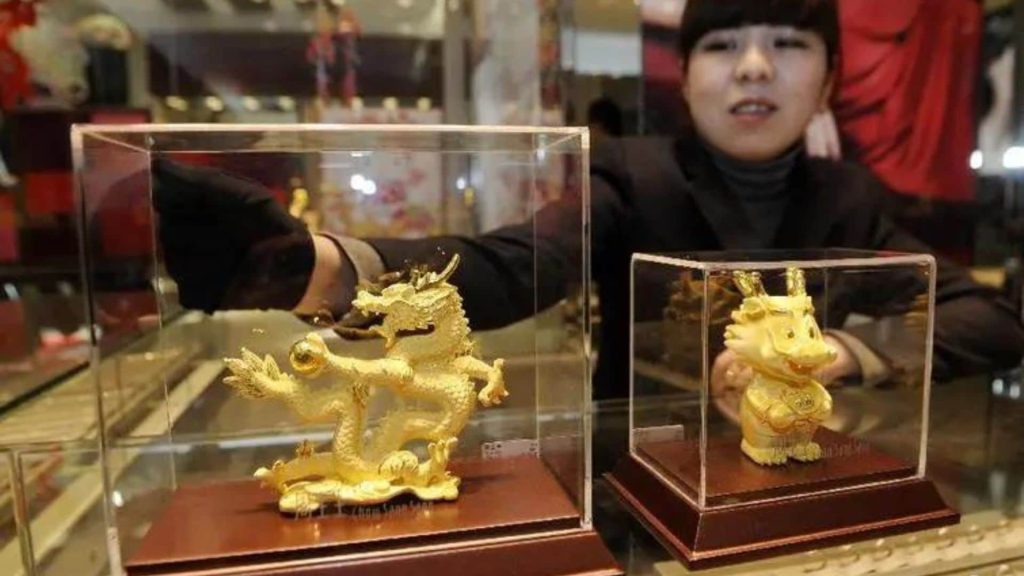
Economic Growth Of China
The rising disposable income and wealth of Chinese citizens have increased the demand for luxury goods, including precious metals and gems.
The expansion of urbanization in China has led to a shift in consumer behavior towards more Westernized tastes. This is driving growth in the customized and personalized jewelry market.
Chinese women are by far the main driver of this trend. They increasingly appreciate diamond quality as well as sentimental value with regard to wedding rings. They are influential customers for foreign brands.
China’s Jewelry Industries Market Segments
Niche Jewelry Market
This segment remains relatively unexplored yet presents immense opportunities for growth and investment. Niche jewelry refers to customized or personalized pieces that target specific segments of the market, such as young adults or sports enthusiasts.
According to figures from the China Industry Development and Research website, the precious metal accessory market in China swelled from RMB 567 billion in 2016 to RMB 821 billion in 2020, indicating rapid growth despite intense competition from established players.
Diamond Market In China
The diamond market in China is a key segment of the country’s jewelry industry. According to recent estimates, the diamond market in China is worth around 79 billion RMB in 2021 and it continues to grow steadily.
Chinese consumers’ behavior toward diamonds has evolved over the years, with younger generations showing a growing interest in buying these stones. About 80% of Chinese consumers who purchase diamonds are born in the ’80s, according to a research report by HKTDC.
This shift can be attributed to multiple factors such as:
- increased disposable income among younger buyers
- changing cultural attitudes towards marriage and relationships
- greater awareness about diamonds as investments.

Kids’ Jewelry Market
The children’s accessories market is growing rapidly, and Chinese parents are willing to spend more on their kids’ fashion items.
Luxury brands targeting children have gained popularity in China, reflecting the changing consumer behavior toward luxury goods. In recent years, several international jewelry brands have diversified into the Kids’ Jewelry Market in China by introducing affordable lines of products with colorful designs that appeal to young consumers.
This strategy has proved successful. It aligns with Chinese cultural values that emphasize family relationships and gift-giving traditions during festive seasons like Children’s Day.
Luxury Jewelry Market
Luxury jewelry is one of the fastest-growing segments within China’s thriving jewelry industry. According to market projections, the luxury segment is set to grow by 3.22% by 2028, resulting in a staggering $15.96bn market volume.
This continues to rise with increasing disposable incomes among consumers who are willing to splurge on accessories that signify their social status or have sentimental value. These consumers often prefer customized or personalized pieces that reflect their unique personality and style rather than mass-produced items.
Jewelry companies in China are leveraging this demand by offering a wide range of customization services, ranging from selecting gemstones to designing one-of-a-kind pieces from scratch.
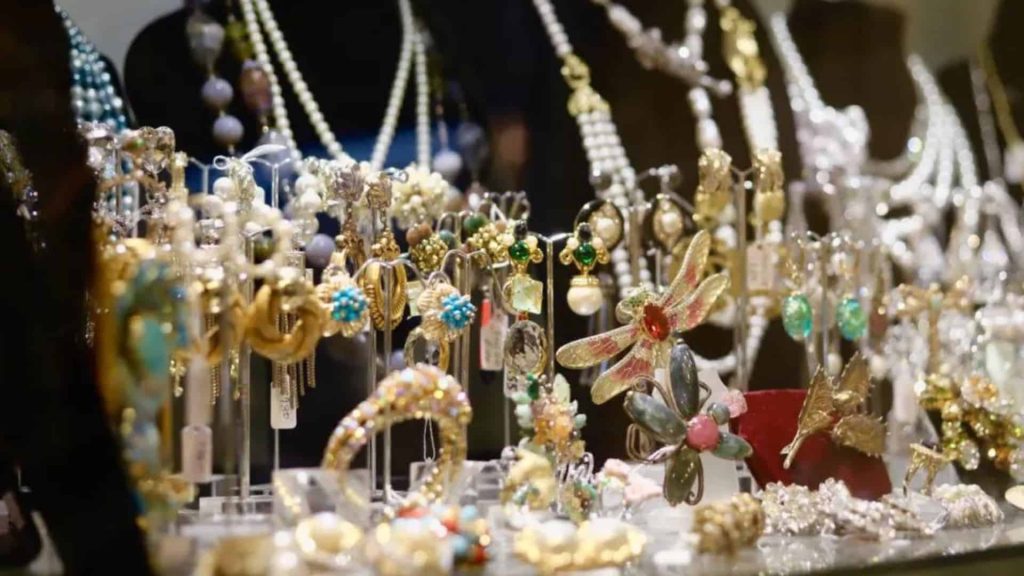
China’s Jewelry Manufacturing And Supply Chain
China’s Jewelry Manufacturers
China’s manufacturing sector has been instrumental in driving growth and innovation. The country produces a wide range of jewelry products such as necklaces, bracelets, earrings, diamond-embedded pieces, custom-made items using pearls or other precious stones, and more.
The Chinese jewelry industry is well-known for its focus on quality and attention to detail. Many companies leverage traditional techniques that have been passed down from generation to generation.
Export Opportunities And Challenges
China’s jewelry market is one of the most promising emerging markets with plenty of opportunities for brands seeking to expand overseas. However, there are some challenges that come with exporting to China.
China’s jewelry manufacturing industry has a great source of export opportunities for international businesses. Especially for those who are seeking affordable production costs in labor-intensive work.
The intense competition at mining sources has led to supply shortages in the Chinese gem and jewelry industry. This offers an opportunity for international businesses that can provide quality gems and diamonds at competitive prices.
The rise of e-commerce has allowed international brands to reach Chinese consumers directly without the need for physical stores. Al this eliminates many operational costs associated with opening up brick-and-mortar locations.
4. Despite these, businesses must be aware of several challenges including:
- intellectual property infringement
- counterfeit products
- cultural differences in consumer behavior
- complicated regulations and restrictions when importing into or exporting from China
- language barriers.
Exporting is not always easy; it requires thorough research on potential markets along with understanding suppliers’ capabilities and customer preferences. To succeed as an exporter, it is critical to have strong partnerships and collaborations with local stakeholders. Our professional agency can help you with this. Feel free to contact us!
Meanwhile, they need to utilize localized marketing strategies that resonate with the target audience’s values in order to build trust among consumers. It is also important for exporters to be aware of any future developments that may affect trade relations between their country and China in order to plan ahead accordingly.
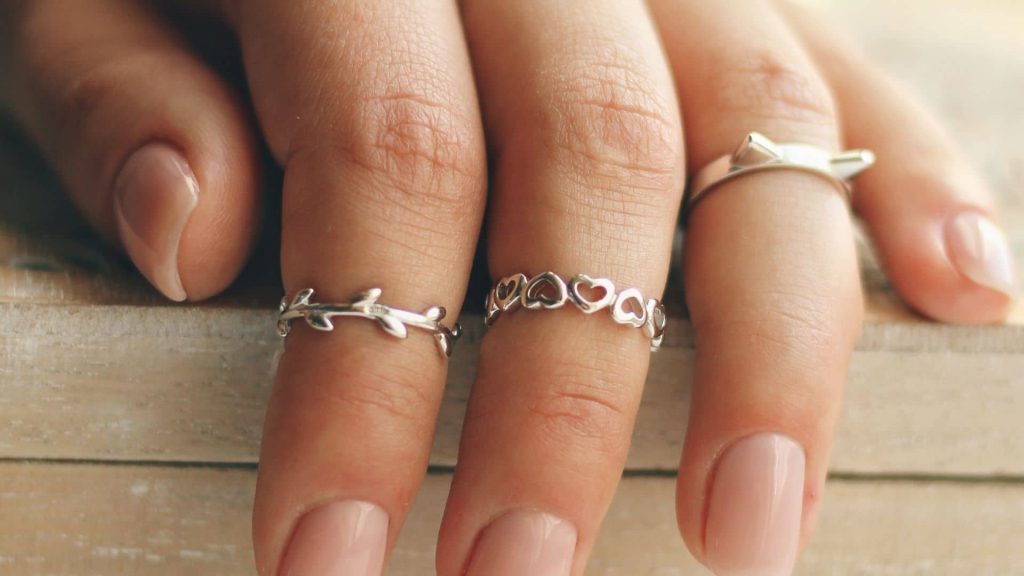
Supply Chain Dynamics
Shenzhen plays a crucial role in the country’s jewelry supply chain dynamics. The city is home to numerous manufacturers, wholesalers, and exporters that work together to produce high-quality jewelry products, often at competitive prices.
Additionally, Shenzhen has easy access to international markets and trade routes. In recent years, the Chinese government has invested heavily in improving domestic logistics infrastructure such as expanding ports or building new highways. This investment makes it easier for raw materials like precious metals and gemstones to be transported across China’s vast geography quickly.
Strategies For Success In The Chinese Jewelry Market
Establishing A Strong Brand Presence
You need to build trust with consumers by creating a recognizable brand that resonates with Chinese values and cultural preferences.
This may involve adapting branding elements such as logo design, packaging, and marketing messaging to appeal to the local market.
In addition to traditional advertising methods like print and TV ads, brands should also leverage digital channels like social media platforms WeChat and Weibo to engage with Chinese consumers.
Developing Partnerships And Collaborations
Business alliances, joint ventures, and strategic partnerships are all excellent ways to expand your market reach and diversify your brand.
Brands can explore cross-cultural collaboration opportunities by partnering with influencers or celebrities who connect with their target audience. With this, businesses can increase the visibility of their brand.
Especially among potential customers who are highly influenced by recommendations from peers and online personalities. Diversification into related markets like online sales or the kids’ jewelry market can be achieved through well-chosen business development strategies.
Hashtag campaigns, product reviews, and unboxing videos are just some of the ways virtual influencers are employed to reach millions of Chinese consumers.
Engaging in influencer marketing is not without its challenges. It is crucial for brands to carefully select appropriate influencers who align with their brand values while avoiding those whose reputations may clash with their own.

Utilizing E-commerce Platforms
Online marketplaces have proven to be popular among consumers, offering both luxury and affordable jewelry options with fast and convenient delivery.
But, entering China’s e-commerce market requires careful planning and consideration of payment methods, logistics, customer service, and digital advertising. Additionally, localized marketing strategies that adapt to cultural preferences and trends must be developed in order to successfully compete against established local brands. But don’t worry, our agency with more than 20 years’ experience can cover all these. Contact us today!
Adapting To Cultural Preferences And Trends
The Chinese consumer has unique values that heavily influence their purchasing decisions. For example, the color red symbolizes good luck and prosperity, while gold represents wealth and status.
Additionally, Chinese consumers value personal relationships and trust in business transactions. Brands should focus on building long-term relationships with customers through personalized experiences. These could be customized jewelry pieces or interactions with consumers on social media platforms like WeChat.
While your existing branding and messaging may work perfectly in your home country, it’s important to adapt them appropriately for the Chinese consumer.
A great example of this is Tiffany & Co.’s marketing campaign for Valentine’s Day in China. Instead of promoting romantic love as they might have done elsewhere, they focused on familial love instead. They introduced a new collection designed specifically for mothers and daughters, highlighting traditional family values that resonate strongly with Chinese consumers.
Conclusion of The Chinese Jewelry Market
As the Chinese jewelry market continues to grow and evolve, there are ample opportunities for investment and expansion. With a projected revenue forecast exceeding 120 billion US dollars by 2025, foreign companies have the potential to tap into this burgeoning market.
However, it’s crucial to understand local consumer behavior and preferences to tailor marketing strategies that resonate with the Chinese audience.
The rise of e-commerce platforms in China presents another avenue for growth as online sales continue to surge. Utilizing digital marketing tactics like influencer collaborations and personalized experiences through social media can help reach a wider audience while tapping into new trends like customized jewelry options or environmentally sustainable materials.
Of course, protecting intellectual property rights is critical when expanding into China’s jewelry industry due to concerns over counterfeit products.
We specialize in successful e-commerce and effective product promotion. Our ROI-oriented strategy targets your ideal audience to increase sales. We ensure compliance with cultural and legal codes for jewelry production and distribution in China.
We optimize your store and product pages for conversions on top e-commerce platforms and localize all content and marketing materials. Our targeted ads on Baidu, WeChat, and Weibo achieve results. We leverage our influencer network for authentic brand promotion. Contact us to grow your jewelry business in China.



